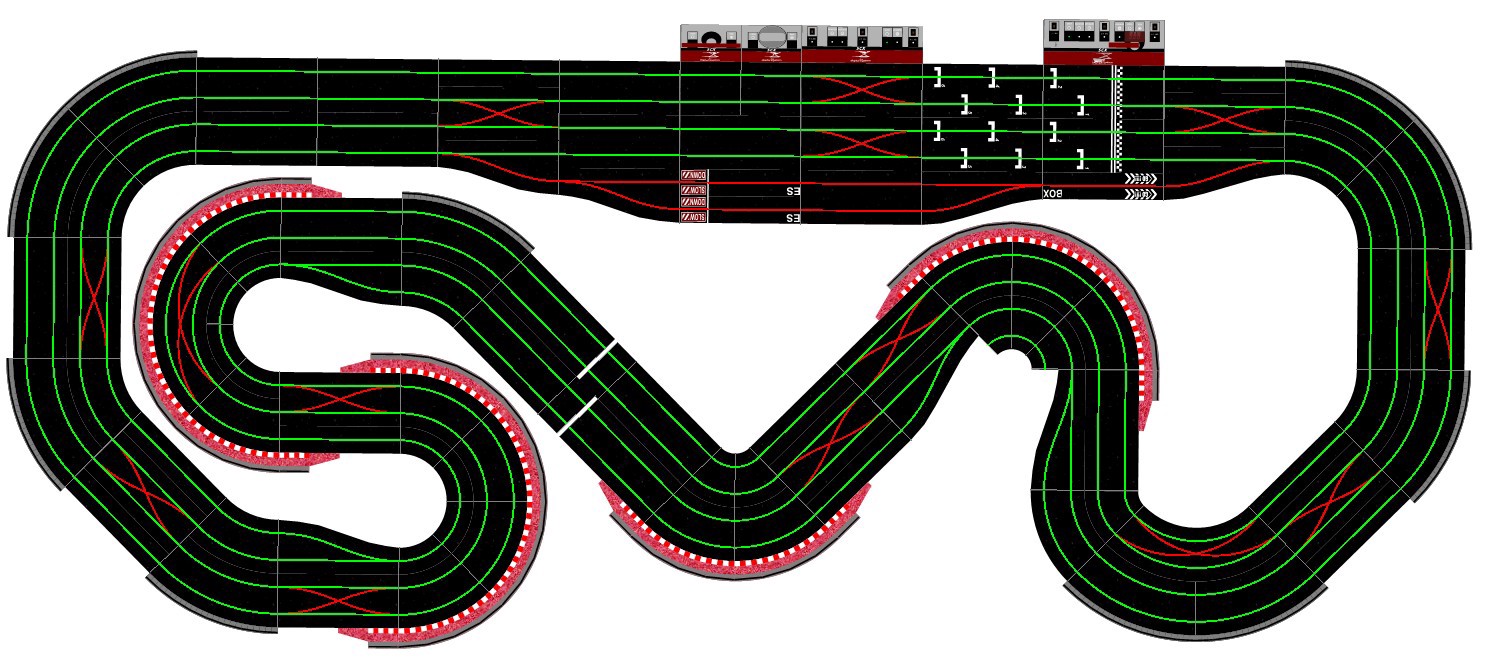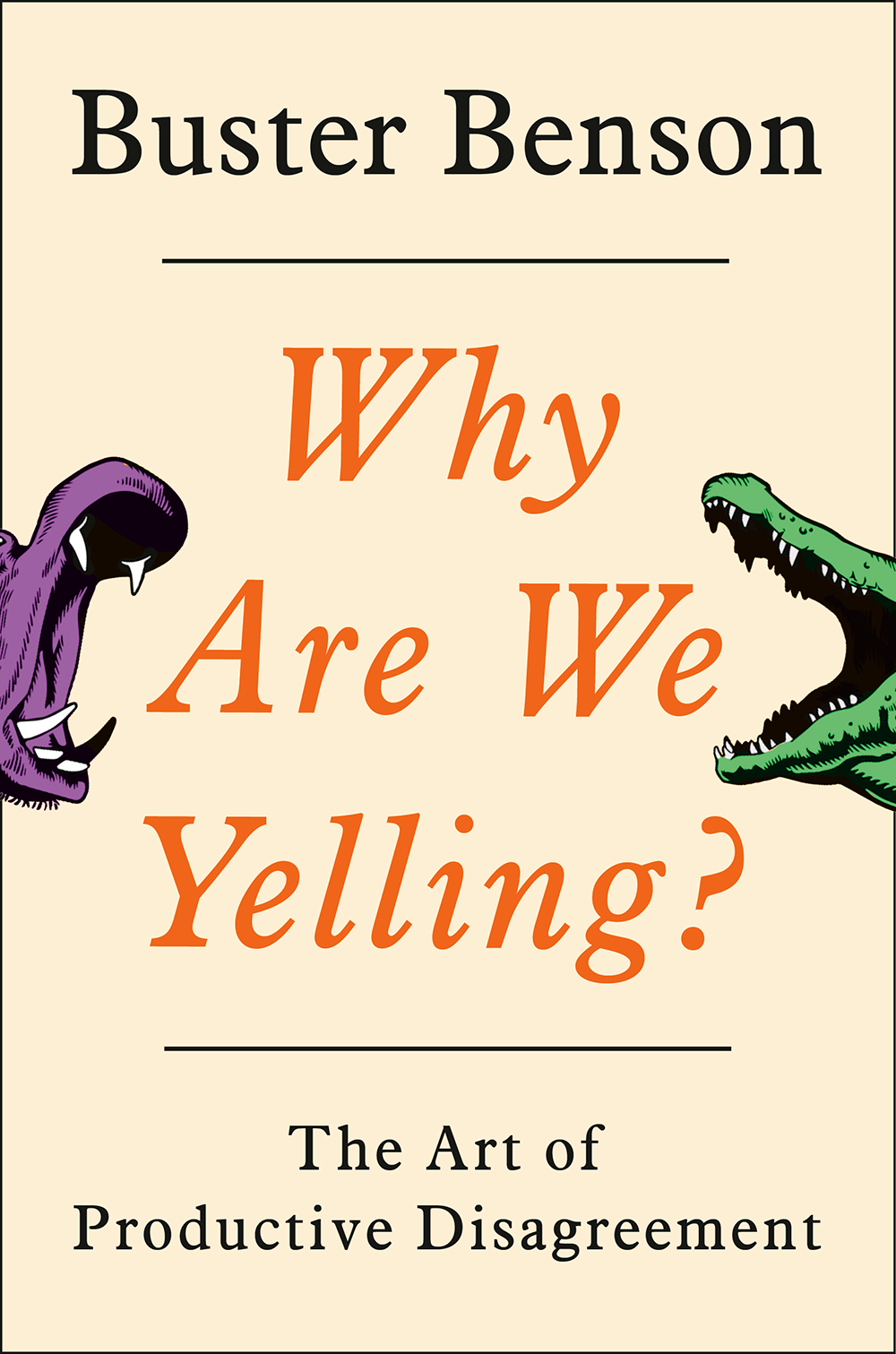3-lane product development
My take on building products people love.
Let’s say you want to build an amazing product or start an amazing company. Where to start? Here are 3 lanes (Existential/WHY, Experimental/WHAT, & Execution/HOW) that work for us.
Lane 1: The Existential Lane. Discover WHY you should exist.
- Figure out what you want to have an impact on. How do you want to change people? Make them happier? More productive? Better at their jobs? Choose your North Star, the ultimate outcome you want to increase in the universe.
- Who do you want to have this impact on? Do you have a way to reach these people? Do they want to change? If not, you might want to pick different people unless you can think of a way to change them without requiring any effort from them.
- Changing people is tough. You probably don’t even know how to change yourself very well. Multiply that by a million to estimate how difficult it is to change someone else… much less change many someone elses.
- One way to change people is to find something that they’re doing that’s important to them. Find out why it’s important to them.
- Draw out the steps that they use to do this important thing. Do this by actually talking to them directly, not by using your imagination.
- Find a step that you can remove (therefore making something easier, or faster) using technology or second order effects of technology. The step can be physical (replace mailing letters with just hitting send), mental (replace remembering everyone’s phone numbers with tapping names), or emotional (replace feeling alone with hanging out on your favorite website). The removal of that step, whatever it is, is the impact you’re having, the reason you exist—make sure it maps to your North Star. You’re changing people (and the world) only as much as you’re making something easier or faster for them, increasing their efficiency at their current tasks (and usually not changing their values). Your total addressable market is only as large as the set of people who were doing the initial step that you are now proposing to remove, and the money they’re willing to part with in order to do so.
- However you remove the step, be very mindful that you don’t introduce new steps that are more cumbersome than the step you’re removing (fyi even downloading and opening an app is a highly cumbersome step). It’s very easy to forget that your new step has actual weight.
- If there are no steps that you can imagine removing without introducing new steps equally or more cumbersome, try new ideas in this lane. Otherwise, continue on…
- How do you measure whether or not you are changing people and having a positive impact on their lives? The most popular way is to measure how many people are using your product instead of what they used to do. Weekly active users, for example. Even better, recurring weekly active users. Even better, time spent by recurring weekly active users. Even better, time well spent by recurring weekly active users (meaning that the time is spent in a manner that they’d categorize positively). Another way is to ask them directly how likely they are to recommend your product to others, aka Net Promoter Score. There are others but versions of those could work pretty well.
- Make the cultivation of this measurement of impact a core value of your culture—one that every person at the company or team can recall from memory. This means tracking it consistently, distributing the results, over-communicating it to the point of ridiculousness, and remembering how the number has changed over time.
The output of this lane is a core metric that everyone knows and trusts. Everyone on your team / at your company should be able to tell you what number you’re trying to move, why it’s a trustworthy measure of positive impact, and what the number currently is. Return to this lane if any of these things comes into doubt.
Lane 2: The Experimental Lane. Discover WHAT will move the needle.
Once you have a handle on why you should exist, what you want to impact, and you have a way to track impact over time, it’s time to enter the second lane of product development: where you test and validate opportunities in their ability to move the needle.
- Using the whole team, brainstorm big opportunities. Crazy Eights is a one of my favorite exercises for this. After you talk through divergent ideas, give rough estimates (like t-shirt sizes) for how much impact it could make based on your North Star, how much work it would take to build, and how confident you are that these rough estimates are accurate. Collect these opportunities in the experiments backlog.
- Find quick, cheap experiments to improve the rough estimates for the highest impact opportunities. Use A/B tests, user research, concierge prototypes, and any other scrappy, quick, cheap ways to improve accuracy and confidence in estimates.
- When an opportunity tests low on it’s impact to work ratio, archive it as “won’t do”. When an opportunity tests high on its impact to work ratio, move it into lane 3.
- Continue to brainstorm new opportunities and add them to the experiments backlog as you learn more about how to move the needle.
The output of this lane is a continuous stream of high confidence opportunities that will move the needle. These items move into lane 3: execution.
Lane 3: The Execution Lane. Discover HOW to deliver highest impact to the core metric.
- By the time something is in this lane, it should be a relatively safe bet that it will have a high impact relative to the work it requires. The only question, then, is whether or not it should be added to the next sprint. Sort the items in this lane by your available resources (how many people you have, how much time they have available, do they have the right skills to get it done, etc).
- Build and ship these things.
- Every time something ships, go back to the original estimates of impact and amount of work, and verify their accuracy. Did it take as long to ship as you thought? Did it actually move the needle like you thought?
- Get smarter, look for blind spots, make corrections, repeat.
The output of this lane is a continuous stream of shipped changes and results that can be measured in lane 1. As the team learns about its ability to estimate time and impact, it can use this feedback loop to make better estimates in lane 2.
In practice at Twitter
Here are some thoughts on how I apply these ideas to my team at Twitter, which is about a dozen people, mostly engineers though also design, user research, product marketing, etc.
These three lanes are designed to run in parallel. We’re not starting in lane 1, then moving to lane 2, then moving to lane 3, then starting over at lane 1 again. I think of them as literal lanes around a track, with ideas running in each one constantly. There are only a two ideas in lane 1, and they move pretty slowly and are tightly coupled. There are dozens if not hundreds of ideas in lane 2, constantly bumping, crashing, burning, and occasionally weaving masterfully through the impossible. Then, in lane 3, there are only a few ideas running, though they are much less likely to run into trouble down the road. Trouble in outer lanes causes us to shift attention to inner lanes.
The first lane is our slowest track, and often only needs to be revisited every quarter or even year. When it is revisited, the whole team is involved.
The second lane is the fastest lane with the most drama, and probably takes up a majority amount of time from a core team (perhaps a rotating 20% of the team) dedicated to discovery, experimentation, and brainstorming.
The third lane is more stable and reactive. It eats the backlog, and maps closest to traditional agile development, with 1-2 week sprints, etc. The main difference is that the backlog only includes items with good estimates for impact and work and that have high confidence / high impact on your primary metric.
We haven’t mastered this by any means, so there’s always room for postmortems, course corrections, re-evaluation, and improvement. But it’s something that feels right, and the reward to date has been in shipping stuff (like the recent Tweet analytics dashboard) that we’re all proud of, and that make an impact.

Buster Benson (@buster) is a writer and builder of things. If you're new here, check the about page or see my entire life on a page.
Join my newsletter to get updates about my book and analysis of bias and unproductive disagreements in the wild. Browse the archive first, to get a feel.
SubscribeI'm not great at email but I'm not the worst either. My DMs are open on Twitter as well.

